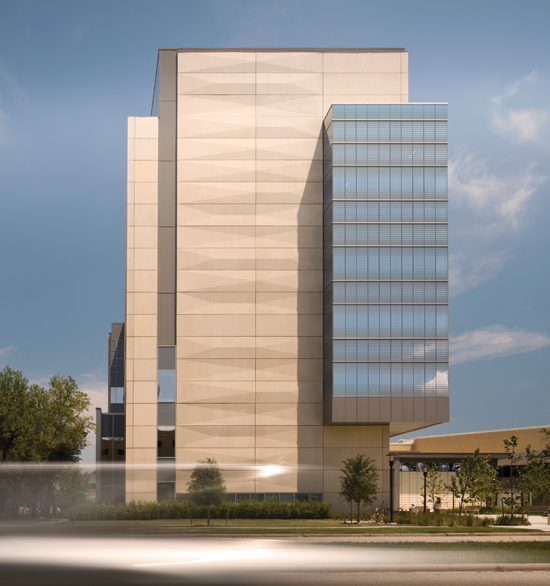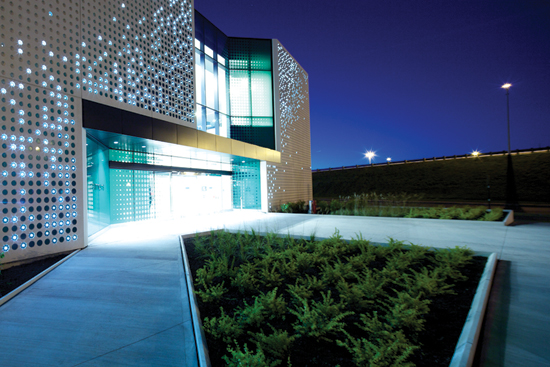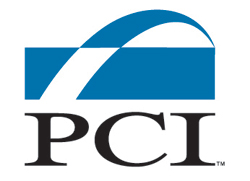Precast Concrete Life-Cycle Assessment and High-Performance Design
What it All Means
This third-party LCA study provided the precast concrete structures industry with a better understanding of the life-cycle environmental performance of precast concrete relative to alternative structural and envelope systems for mid-rise office buildings. Key results will be broadly useful in improving the environmental performance of precast concrete buildings as well as in informing the design community of the environmental impact of the material.
What It Means to Design Professionals
Specifiers should note that, as shown by this research, precast concrete structural and envelope systems perform just as well as competing systems in terms of environmental impacts. Hence, material and system selection can be based on the inherent attributes and benefits of the individual material or system. Precast concrete inherently offers many high-performance attributes, and is being used to help projects meet and exceed their high-performance goals during design, construction, and operation. Therefore, the benefits of precast concrete can be utilized to meet high-performance goals without any more environmental burden relative to other materials and systems.

Photo by Nic Lehoux
The aesthetic and structural versatility of high-performance precast allows for many forms, textures, and finishes.
What it Means to the Industry
The study highlighted several areas where precast concrete producers can and are already reducing their environmental impact. As portland cement represents the bulk of negative environmental impacts, manufacturers are already working with alternatives. The amount of cement used in precast concrete is only about 15 to 20 percent by weight, but may be reduced substantially through substitution with supplementary cementitious materials. The amount of cement substitution possible is affected by the mixture design requirements, the products and processes of individual precast concrete manufacturers and plants, and the local availability of materials. Energy and water usage as well as waste during the manufacturing process have been another area for improvement. For example, many precast manufacturers have installed water reclamation systems so all water is recycled. This information is being used in PCI's Sustainable Plant Program, which focuses on continuous improvement of the environmental impact at the manufacturing level while reinforcing a culture of sustainability within the industry. The program includes an automated tracking tool to help plants establish a benchmark or baseline measurement of its energy and material consumption, and the associated global warming potential.

Photo © Marc Cramer
An example of precast concrete versatility, these precast concrete panels were embedded with LED lights to make this dramatic entrance.
Achieving High Performance, Sustainably
The idea of high-performance buildings provides an overarching concept that includes sustainability, as well as many other important attributes. High-performance buildings are defined as buildings that integrate and optimize all relevant high-performance attributes on a life-cycle basis. An important part of this is to achieve these goals without an increased environmental burden, or in other words to achieve them sustainably.
The benefits of sustainable business practices are well documented. The financial payback of green building practice is measured in operating and maintenance savings over time offsetting the initial costs of sustainable features. While the payback varies from project to project, depending on sustainable features and availability of materials and expertise of the design team, it is widely considered that green buildings need not cost more than conventional buildings. The ability to design and construct green buildings, in fact, has become increasingly valuable as rising energy costs and concerns about environmental impacts have prompted the evolution of green building programs as well as state tax credits for green public buildings and large corporations' insistence on sustainable design to reduce operations and maintenance costs and bolster their public image.
To this end, LCAs can be helpful in achieving high-performance goals. LCAs provide a research-based solution to the question of which materials represent the most sustainable choice in a given situation. In the case of precast concrete, the comprehensive LCA shows that there is presently not a significant difference in life-cycle impacts between the materials evaluated. This allows designers and owners to utilize the high-performance attributes of precast concrete to meet high-performance goals without any more environmental burden relative to other materials and systems.
The research made available in LCAs has far-reaching implications for both manufacturers and specifiers. Precast concrete manufacturers have used this data as an opportunity to make improvements in specific areas of their process, continually improving their plant practices in areas that constitute the greatest environmental liability. Architects, too, have a fact-based rationale for specifying products that can contribute to a building's overall sustainability and meet their high performance goals. A rigorously developed LCA, then, is in an unprecedented position to bring true sustainability to the built environment.
ENDNOTE
1. For further information contact SustainabilityPrograms@pci.org.
 |
PCI develops, maintains, and disseminates the body of knowledge for the precast/prestressed concrete structures industry. PCI provides technical resources, certification, and education, as well as conducts industry events, research and development, and more. www.pci.org |








